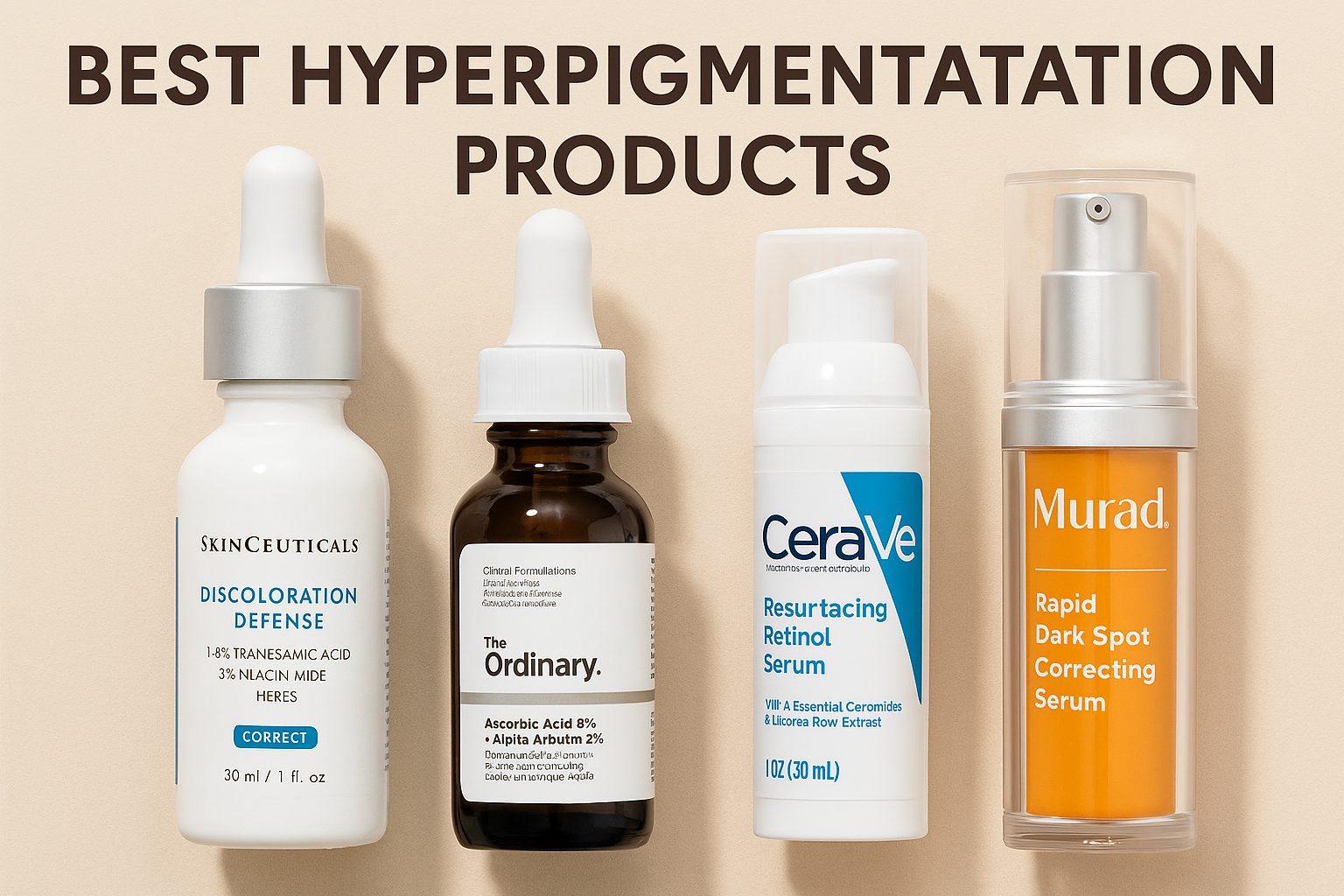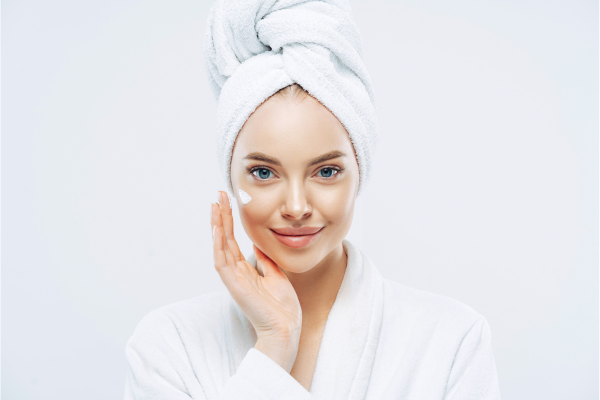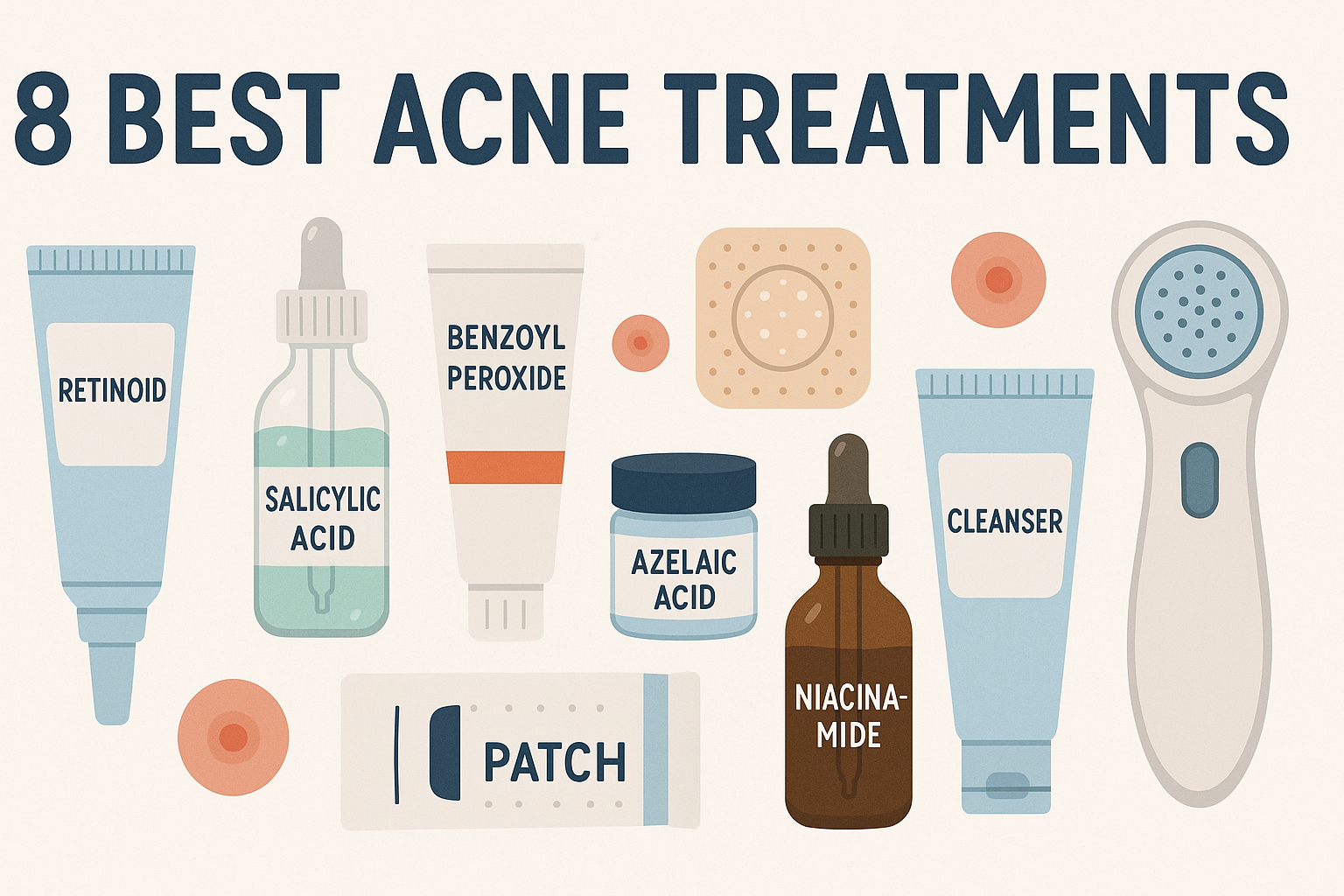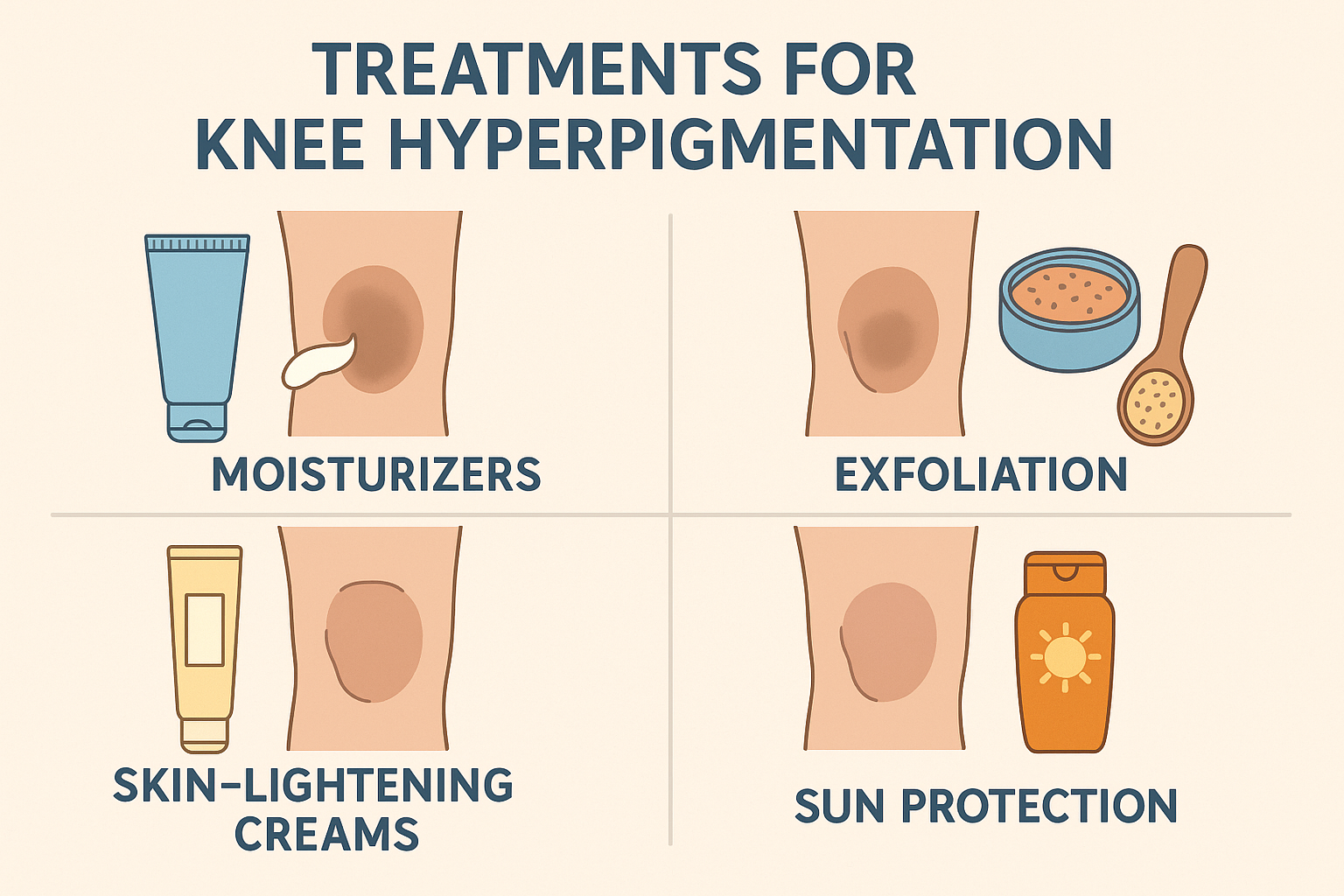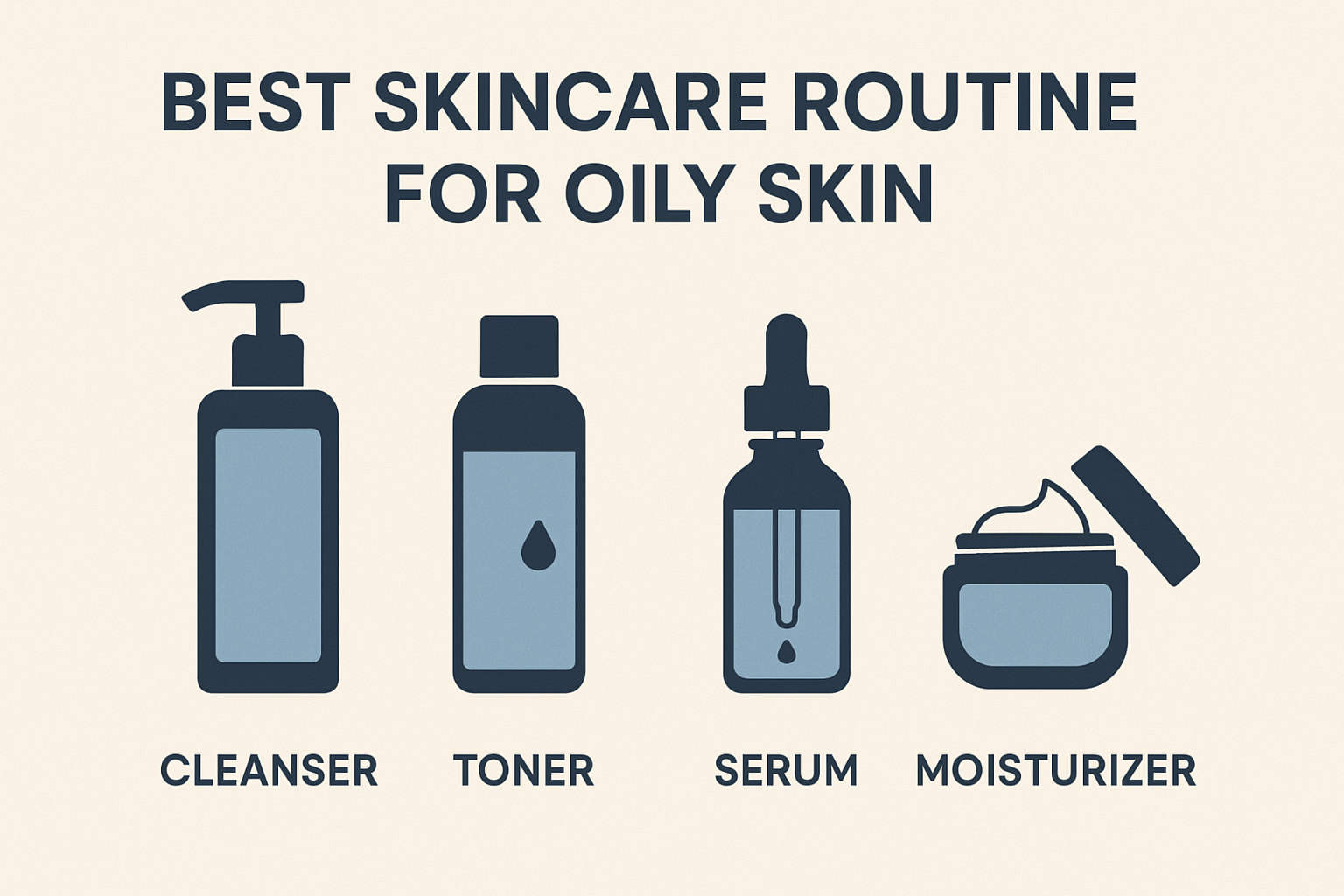First Time Getting a Facial? Here’s What Really Happens
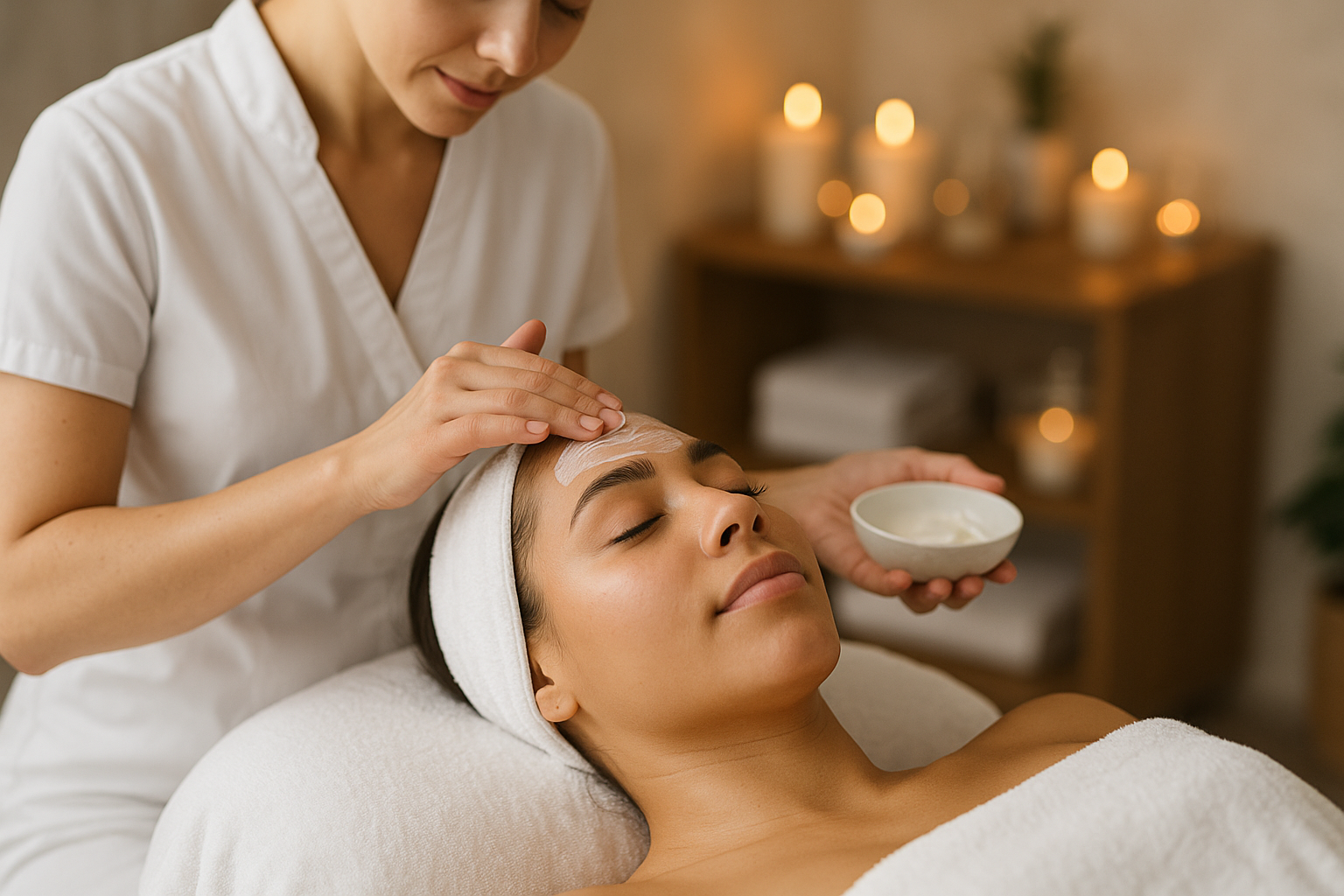
Curious about getting a facial but still feeling unsure? You’re definitely not alone. Many people feel nervous or even intimidated before their first facial treatment. Will it hurt? What should I prepare? Is it actually good for my skin?
Facials aren’t just about pampering—they’re an important step in maintaining your skin’s overall health. When done properly, they can deeply cleanse your pores, reduce breakouts, and leave your skin looking fresh and radiant. But to fully benefit, it’s crucial to understand what to expect during your first appointment.
This guide will walk you through everything you need to know about getting a facial, from preparation to post-treatment care. We’ll keep it simple, clear, and beginner-friendly—perfect if you’re just starting your skincare journey.
By the end, you’ll have the confidence to book your first session and know whether facials are the right fit for your skin goals. Let’s dive in!
What Is a Facial Treatment?
A facial is a skin treatment designed to cleanse, exfoliate, and nourish your face using a combination of techniques and active ingredients.[1Sikara Clinics: 14 Best Types of Facials & Their Benefits for Every Skin Type.] There’s no one-size-fits-all definition—facials are tailored to your specific skin type, whether it’s oily, dry, acne-prone, or aging.[2Evolve Day SPA: Types of Facials: How to Choose According to Your Skin Type.]
Typical facial steps include deep cleansing, exfoliation to remove dead skin cells, steam to open pores, blackhead extraction, and application of masks and serums.[3VIRTUAL LASHES: Deep Cleansing Facials.] Key ingredients might include hyaluronic acid, vitamin C, AHA/BHA, or retinoids, depending on your skin’s needs.
Some advanced facials incorporate modern technology like LED light therapy, microdermabrasion, or radiofrequency for enhanced results. Beyond skincare benefits, facials can also improve mental well-being by relieving stress—yes, your skin can glow from relaxation too!
Understanding what a facial really is will help you make informed choices and set realistic expectations. It’s not just a luxury—it’s a smart investment in long-term skin health.
Top Benefits of a Facial for Your Skin
Facials offer more than just a relaxing experience—they provide real, visible benefits for your skin when done regularly and professionally. Here are a few reasons why a facial could be your skincare game-changer:[4Cleveland Clinic: Facials: What Are They, and What Do They Really Do?]
- Reduces inflammation: Soothing masks and ingredients like niacinamide and chamomile calm irritated or red skin.[5spa vie en rose: Exploring the Benefits of Anti-Inflammatory Facials for Sensitive Skin.]
- Fights acne: Facials targeting acne help extract blackheads, balance oil, and prevent new breakouts.[6Borealis Dermatology: Acne Facials.]
- Softens fine lines: Anti-aging serums like peptides and retinol boost collagen and smooth out early wrinkles.
- Minimizes pores: Deep cleansing and exfoliation clear out clogged pores, making them appear smaller.
- Improves texture: Chemical or physical exfoliation removes rough, dead skin, leaving it smoother and more even.
- Brightens complexion: Brightening agents like vitamin C or AHA reduce pigmentation and revive dull skin.
Keep in mind, the effectiveness of a facial depends on your skin type, the technique used, and consistency. With the right approach, your skin can look healthier, clearer, and more radiant over time.
How to Get Ready for Your First Facial
Preparation is key to getting the most out of your facial, especially if it’s your first time. A few simple steps can ensure your treatment goes smoothly and your skin responds well.
If you’re getting a basic facial (like steam and extraction), you likely won’t need much downtime afterward. However, for treatments involving chemical peels or strong exfoliants, avoid using scrubs or acids at home at least 24 hours in advance to prevent irritation.
The smartest move? Book a pre-treatment consultation with a licensed esthetician. They’ll assess your skin condition and suggest the most suitable options. This is especially important if you have sensitivities, breakouts, or are on acne medication.
Good prep not only enhances the treatment results but also protects your skin from potential reactions. You’ll feel more confident going in—and come out glowing.
What Happens During Your First Facial?
Your first facial typically starts with a consultation. You’ll fill out a form about your skin type, allergies, and sensitivities. This helps your therapist customize the treatment to avoid irritation, especially if you have sensitive skin.
Next, you’ll change into a robe and lie on a treatment bed. The session begins with a gentle cleanse and possibly a light facial oil—like cold-pressed coconut oil—to prep your skin. Steam may then be applied to open up pores and soften sebum.
After that comes extraction, where blackheads are manually removed. This part may cause some discomfort, especially for first-timers or those with inflamed skin. If your skin is prone to redness, don’t worry—it’s a common temporary reaction.
To avoid infection post-extraction, antiseptics like alcohol may be used. Although it might sting a bit, it’s part of the healing process. The facial usually ends with a calming mask, soothing cream, and a relaxing facial massage.
While your first facial might feel a bit intense, it’s a great way to learn how your skin reacts and what it truly needs. The more you understand the process, the better your future skincare choices will be.
Possible Side Effects of Facial Treatments
While facials can deliver visible improvements to your skin, they also come with potential side effects—especially for those with sensitive skin or if the treatment isn’t done properly. The most common reaction is mild skin irritation, which may appear as redness, small inflamed bumps, or even new breakouts.[7Clinikally: Unlock the Magic of HydraFacial: A Comprehensive Guide to the Ultimate Skin Rejuvenation.] These are typically caused by the skin’s response to physical pressure and active ingredients used during the session.
In some cases, blackheads that were not visible before can become inflamed after extraction, turning into pimples.[8OLAY: How to get rid of blackheads from your face and nose?] Harsh products like strong acids or alcohol-based solutions may also damage your skin barrier, leaving your face dry, irritated, or dull-looking.
Although these reactions are usually temporary, they can be discouraging—especially if it’s your first time. To avoid negative experiences, make sure you choose a licensed and experienced facialist, clearly communicate your skin concerns, and ensure the products used match your skin type.
Remember: Skincare is personal. Not every facial is suitable for every skin condition, and that’s okay. Being informed helps you make better choices and enjoy the benefits without the setbacks.
Facial Aftercare Tips for Glowing Results
Post-facial care is just as important as the treatment itself—especially if your session included exfoliating methods like chemical peels or microdermabrasion. During this recovery phase, your skin is more sensitive and needs time to heal.[9SPA Black: Microdermabrasion After Care: What Not To Do After Microdermabrasion.]
Avoid touching your face unnecessarily. Your hands carry bacteria, and even a casual touch can lead to irritation or breakouts. Let the skincare products applied during your facial—like serums or healing masks—absorb fully and do their job.
For the first 24–48 hours, hold off on using active ingredients such as retinol, AHA/BHA, or exfoliating scrubs. Overloading your skin too soon may cause redness or peeling.[10DOT & KEY: Can You Use Retinol After an AHA/BHA Peel?] Focus on hydration and sun protection instead—use a gentle moisturizer and broad-spectrum sunscreen daily.
Skin renewal happens naturally, but the rate slows with age. While younger skin may renew itself every 28 days, it takes longer as you grow older. This is why most professionals recommend getting a facial every 4 to 6 weeks, depending on your skin type and needs. Regular check-ins with your esthetician will help you adjust your routine safely and effectively.
Final Thoughts
Your first facial might not be perfect—and that’s completely normal. Reactions like redness or breakouts can happen, especially if the treatment isn’t tailored to your skin type. But that doesn’t mean facials are off-limits. Over time, you’ll learn that a successful facial experience depends on personalization and choosing the right professional.
A great facial doesn’t have to be painful or use harsh ingredients. Gentle, non-invasive treatments without extraction or alcohol can still deliver glowing, clear, and refreshed skin. The key is understanding that not all facials are created equal—and finding what works for your skin.
If you’re new to facials, do a little research first. Ask about the steps involved, voice your concerns, and make sure your skincare goals are clearly understood by the therapist. Your skin is delicate, and it deserves a thoughtful, customized approach.
With the right care and preparation, a facial can be more than a beauty treatment—it can be a moment of self-care and a smart long-term investment for healthy, vibrant skin.
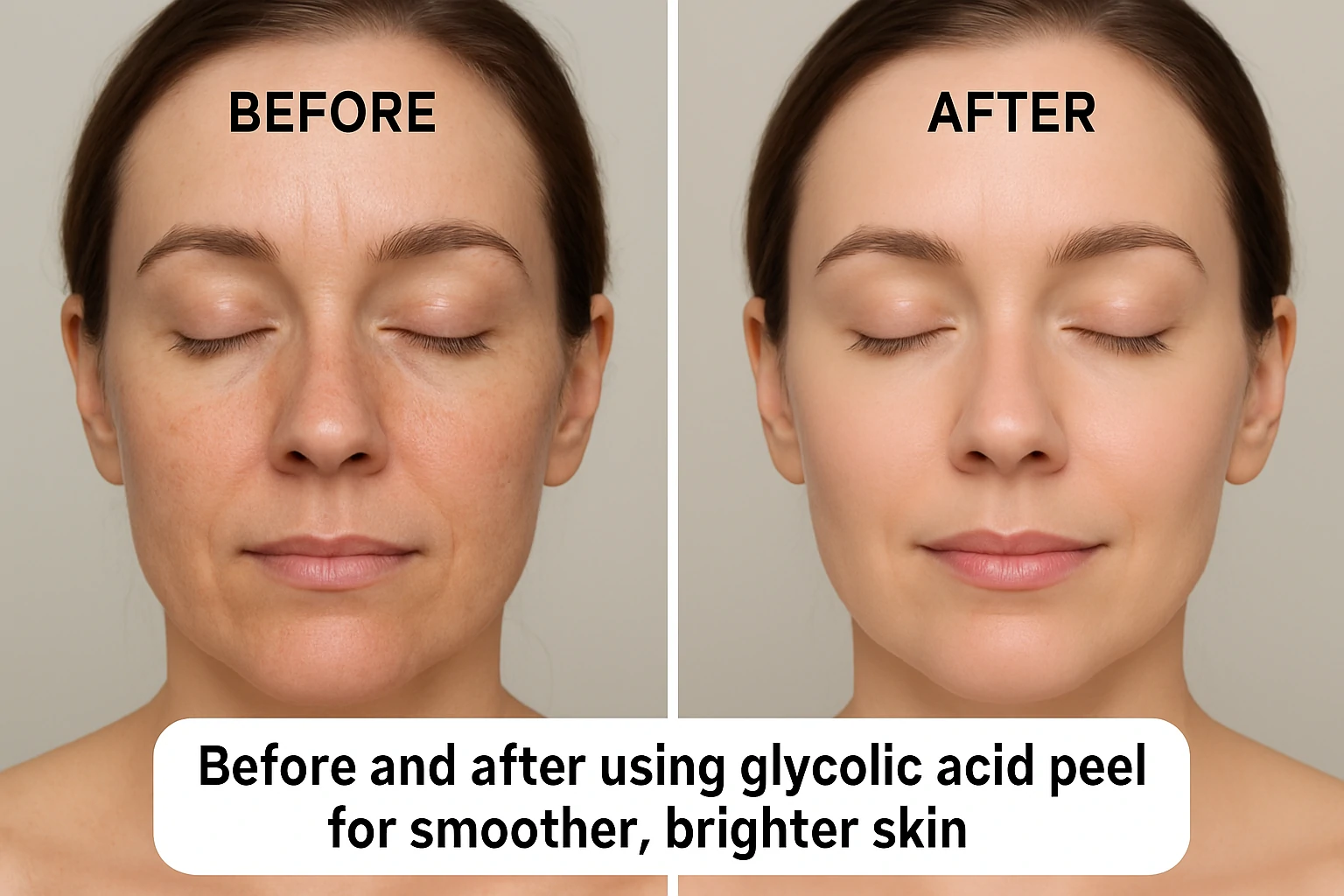
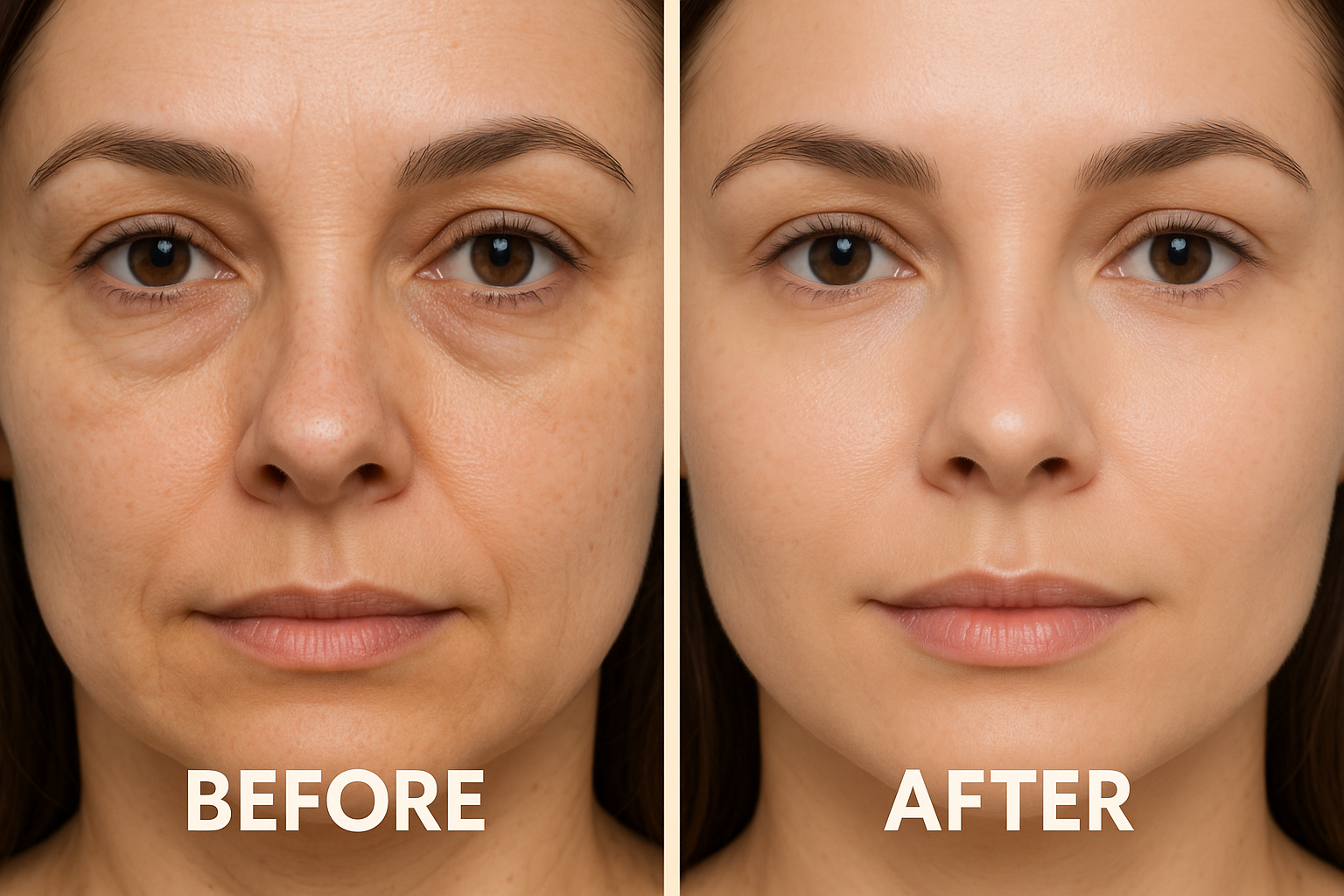

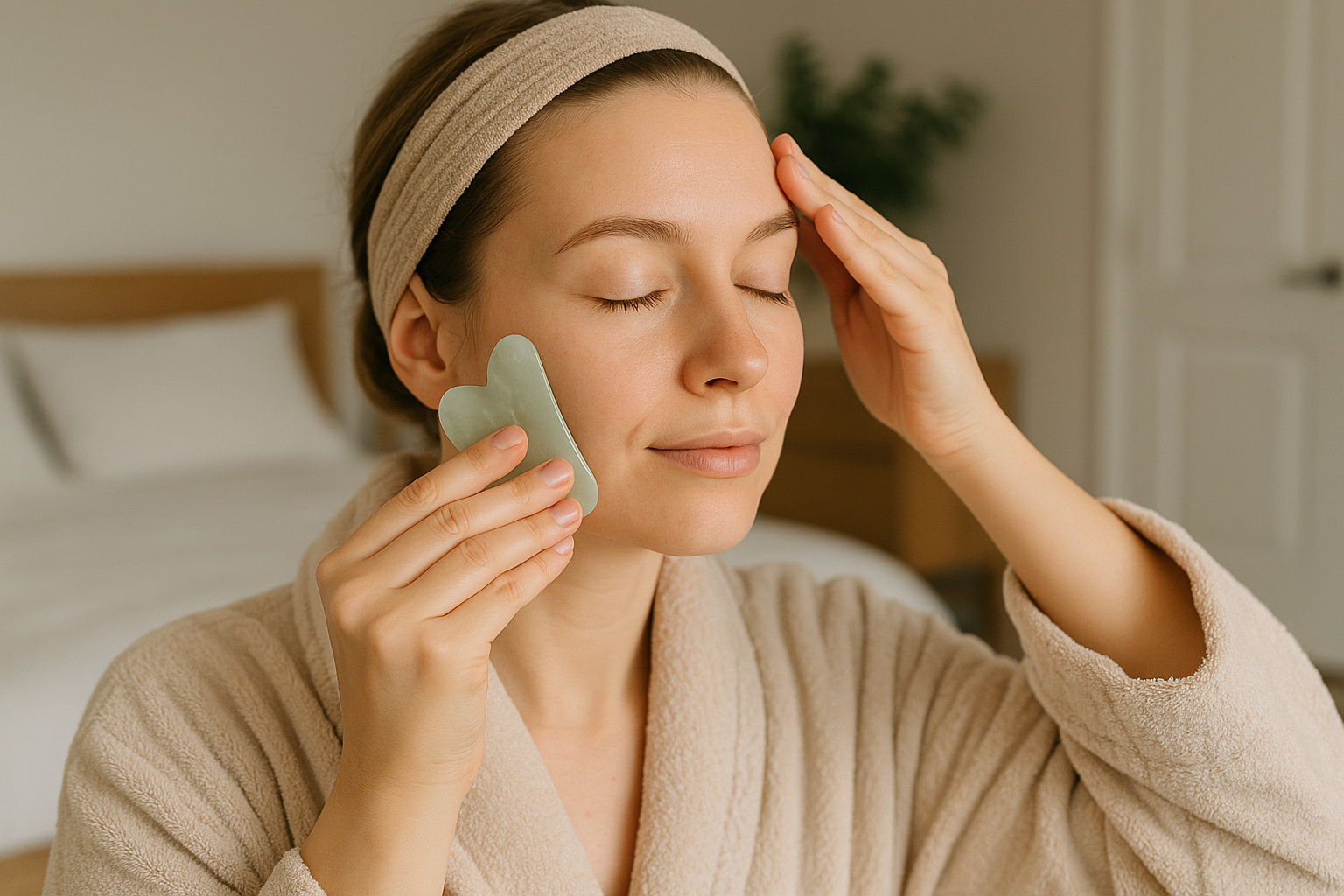

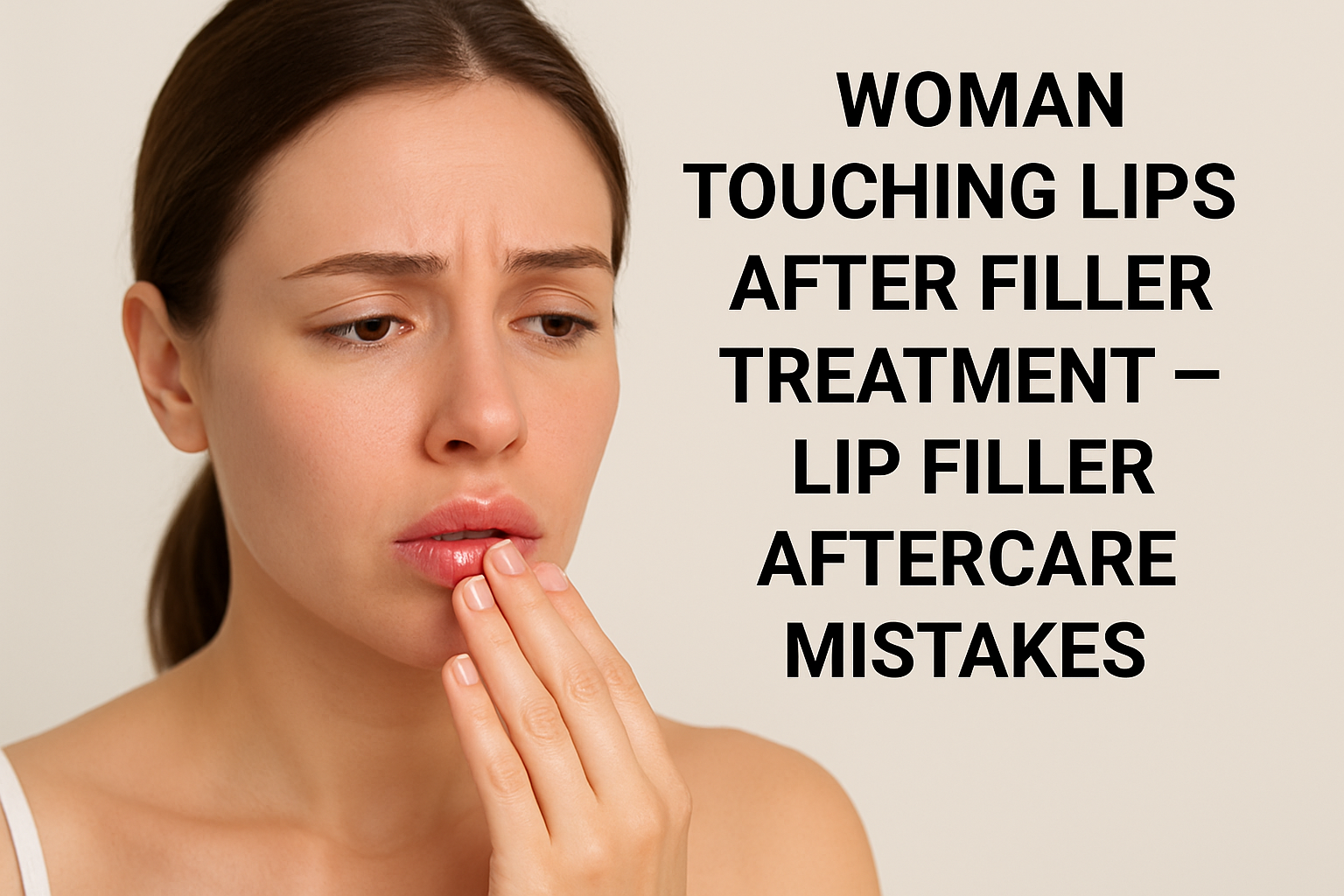
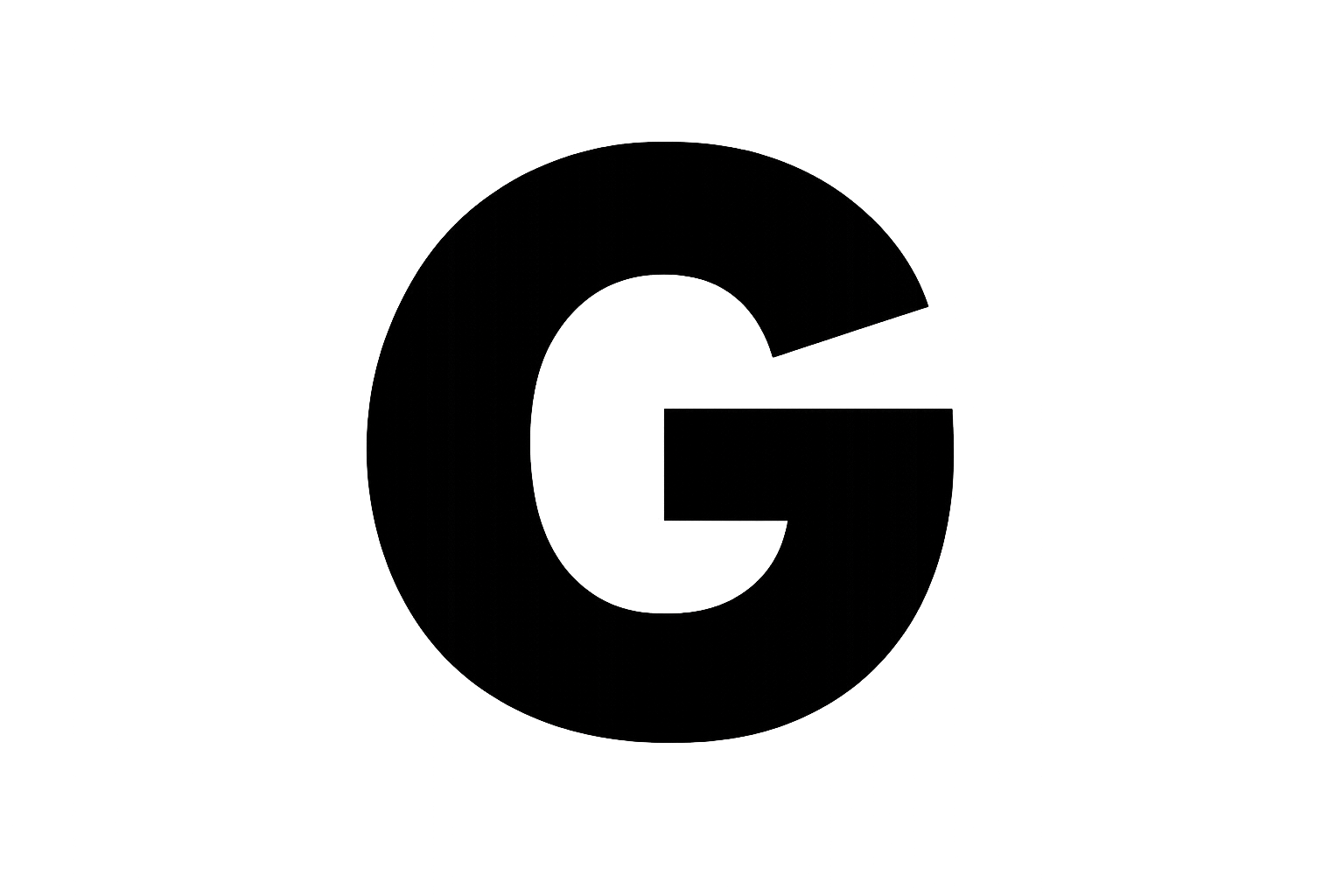 Acne
Acne Anti-Aging
Anti-Aging Business
Business Digital Marketing
Digital Marketing Economics
Economics Exfoliation
Exfoliation Movies
Movies Personal Finance
Personal Finance Websites
Websites
